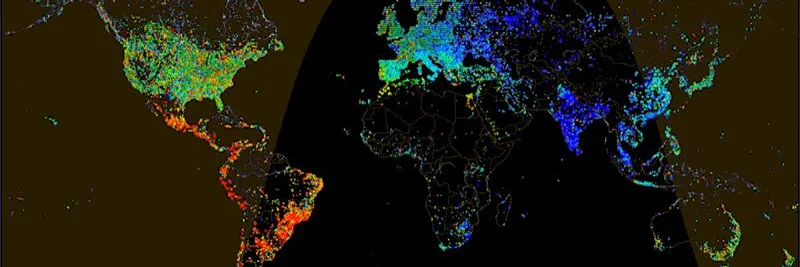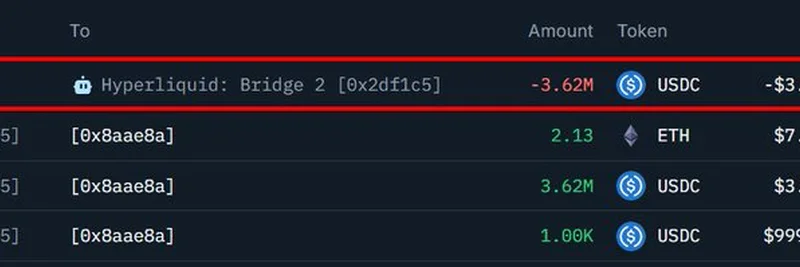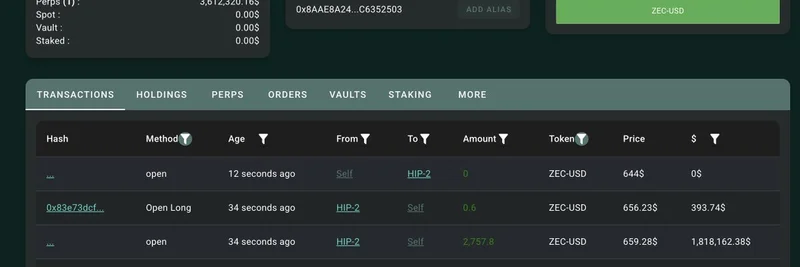Have you ever wondered what the internet looks like at different times of the day? A recent post by DoubleZero on X (formerly Twitter) provides a captivating glimpse into the global patterns of internet traffic over a 24-hour cycle. This visual representation, often referred to as a heatmap, offers valuable insights into how internet usage varies across the world, influenced by time zones, cultural habits, and technological infrastructure.
Understanding the Heatmap
The heatmap, sourced from Cisco's Visual Networking Index, uses color-coded data to illustrate the intensity of internet traffic. Here's a breakdown of what each color represents:
- Blue: Low traffic, typically during off-peak hours.
- Green: Moderate traffic, indicating regular usage.
- Red: High traffic, signifying peak usage times.
Regional Patterns
North America
In North America, internet traffic peaks around midday, aligning with typical working hours and business activities. The eastern and western coasts, particularly areas like New York and California, show significant activity due to their dense population and technological hubs.
Europe
Europe experiences a surge in internet traffic during the evening hours, as people return home from work and engage in online activities. Countries like Germany, France, and the UK are highlighted in bright colors, indicating heavy usage during these times.
Asia
Asia, especially China and India, sees massive surges in the evening. This is partly due to the large population and the cultural tendency to use the internet for entertainment and communication after work. The heatmap shows vibrant colors across these regions during these hours.
Implications for Digital Infrastructure
Understanding these patterns is crucial for managing digital infrastructure. Network providers can anticipate high traffic periods and allocate resources accordingly to prevent congestion. For businesses, this knowledge can inform strategies for content delivery, ensuring optimal performance during peak times.
The Role of Memes in Digital Culture
At Meme Insider, we often explore how digital trends, like internet traffic patterns, influence meme culture. Memes, being a form of digital communication, thrive on the connectivity provided by the internet. The surge in traffic during certain hours can lead to increased meme creation and sharing, especially in regions with high social media engagement.
Conclusion
The 24-hour cycle of global internet traffic is a fascinating snapshot of our connected world. It reveals not just the technical aspects of network usage but also the human behaviors driving it. As we continue to navigate the digital landscape, understanding these patterns will be key to enhancing our online experiences.
For more insights into how technology shapes our world, stay tuned to Meme Insider. We're here to help you decode the latest trends and empower you with knowledge in the ever-evolving realm of blockchain and beyond.



